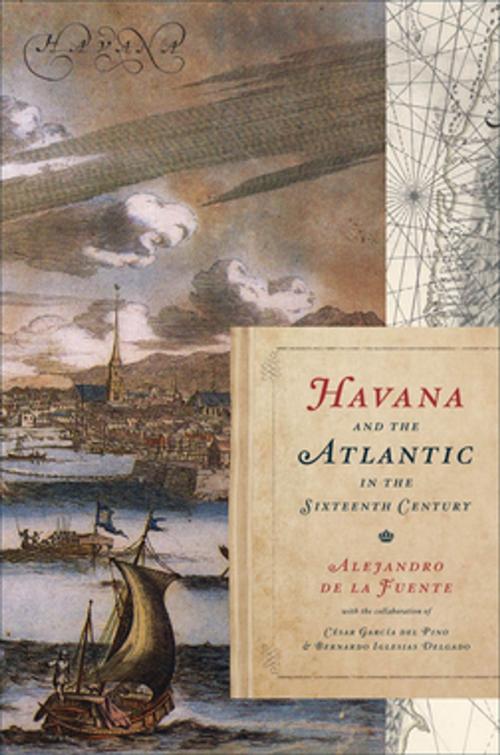Havana and the Atlantic in the Sixteenth Century
Fiction & Literature, Literary Theory & Criticism, Caribbean & West Indian, Nonfiction, History, Americas, Latin America| Author: | Alejandro de la Fuente | ISBN: | 9780807878064 |
| Publisher: | The University of North Carolina Press | Publication: | February 1, 2011 |
| Imprint: | The University of North Carolina Press | Language: | English |
| Author: | Alejandro de la Fuente |
| ISBN: | 9780807878064 |
| Publisher: | The University of North Carolina Press |
| Publication: | February 1, 2011 |
| Imprint: | The University of North Carolina Press |
| Language: | English |
Havana in the 1550s was a small coastal village with a very limited population that was vulnerable to attack. By 1610, however, under Spanish rule it had become one of the best-fortified port cities in the world and an Atlantic center of shipping, commerce, and shipbuilding. Using all available local Cuban sources, Alejandro de la Fuente provides the first examination of the transformation of Havana into a vibrant Atlantic port city and the fastest-growing urban center in the Americas in the late sixteenth century. He shows how local ambitions took advantage of the imperial design and situates Havana within the slavery and economic systems of the colonial Atlantic.
Havana in the 1550s was a small coastal village with a very limited population that was vulnerable to attack. By 1610, however, under Spanish rule it had become one of the best-fortified port cities in the world and an Atlantic center of shipping, commerce, and shipbuilding. Using all available local Cuban sources, Alejandro de la Fuente provides the first examination of the transformation of Havana into a vibrant Atlantic port city and the fastest-growing urban center in the Americas in the late sixteenth century. He shows how local ambitions took advantage of the imperial design and situates Havana within the slavery and economic systems of the colonial Atlantic.















